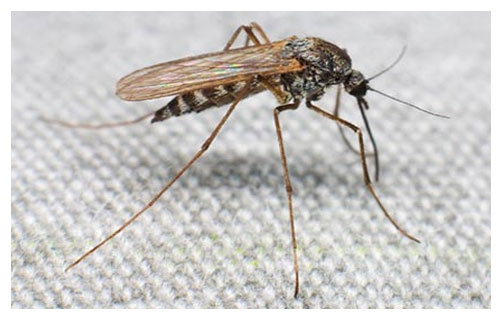The great outdoors would be even greater if the insects didn't bite and the bees didn't sting. But they do. They await your family in picnic areas, in apple-picking orchards and in the underbrush. And insects are smart. But there are many ways you can outsmart them. Here is what you should know:
Know where insects are potentially troublesome
In North America, disease-carrying species are found predominantly in rural and wilderness areas. Check your destination. The websites of the
National Park Service www.nps.gov and
U.S. Forest Service www.fs.fed.us and individual parks and forests carry this information. It is also posted at their visitors' centers. Many state and Canadian provincial governments have similar websites.
Apply insect repellents to skin and insecticides to clothing
Safe, effective products are available that will greatly reduce your chances of being bitten. For an in-depth discussion of repellents and insecticides, see: "Insect Repellents: Choose Your Weapon."
Dress in long-sleeved clothing and long pants
Garments should fit snugly around neck, wrists, and ankles. Newer fabrics make long clothing less uncomfortable in hot weather. Avoid sheer tight-fitting garments; insects bite through them. Hats are also helpful.
Wear shoes and socks, and choose your colors carefully
Going barefoot or wearing sandals increases your vulnerability to bug bites. Many biting insects fly just above the ground. Shake clothes left on the ground before putting them back on. Light-colored clothing is less appealing to insects than darker clothes and makes insects more visible.
Make yourself unattractive to insects
Leave jewelry and shiny belt buckles at home. Don't use perfumes or other scented soaps and cosmetics.
Avoid insect-provoking activities
These include swimming after dusk, walking in thick underbrush, shaking bushes, and overturning rocks and dead trees. Don't lie directly on the ground; even lying on a blanket is somewhat protective.
Check little kids for bites if they exhibit unusual behavior
In children who don't talk yet, uncontrollable crying or other signs of distress can be a sign of severe itching or pain from an insect bite.
Know how to protect your family against bees, hornets, and wasps
Insect repellents don't deter bees, hornets, or wasps. Bites are common at picnics, while picking fruits and berries, or collecting wildflowers. To avoid being stung, cover as much skin as possible with clothing. These insects are particularly drawn to ripe fruits and sweet soft drinks. Keep picnic tables clean and food and beverages covered when not in use. In orchards, leave overripe items on the ground. In the autumn, avoid close contact with flowering trees, shrubs, and flowers where these insects collect
nectar. Keep garbage covered.
Remain still around bees, wasps, and hornets
Swatting at them provokes them and increases the chances of being bitten. Walk away slowly. If you kill one, leave the area. The venom odor attracts others to the site.
If you are allergic to insect venom
Carry emergency epinephrine kits if you are allergic to insects. If you or a sibling or friend is allergic to insect stings, it is best to be accompanied by responsible adults when outdoors, just in case. Carry a cell phone to summon help if needed.

About Dr. Neumann
Link to Dr. Karl Neumann's Web site at www.kidstraveldoc.com






![]()